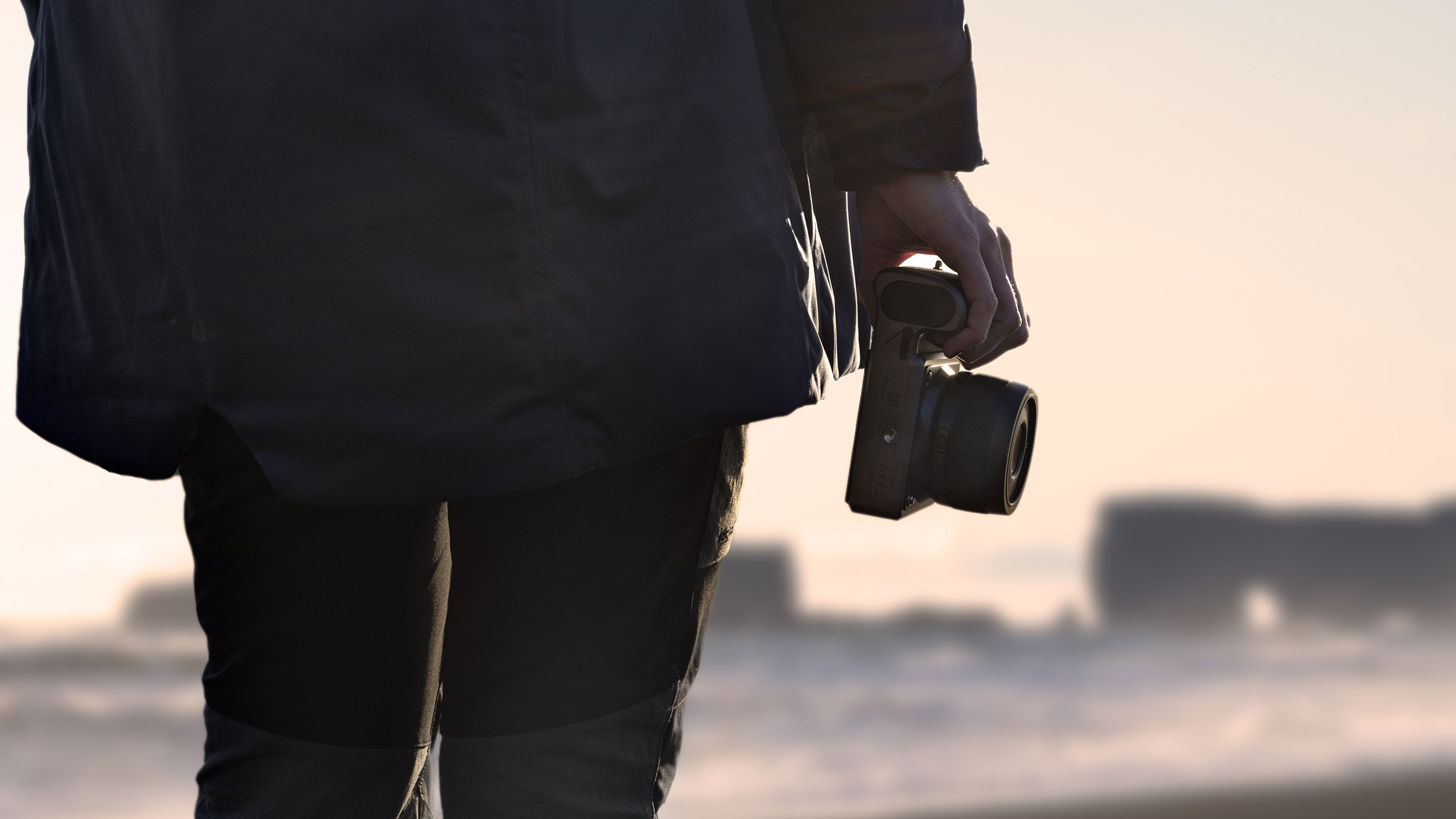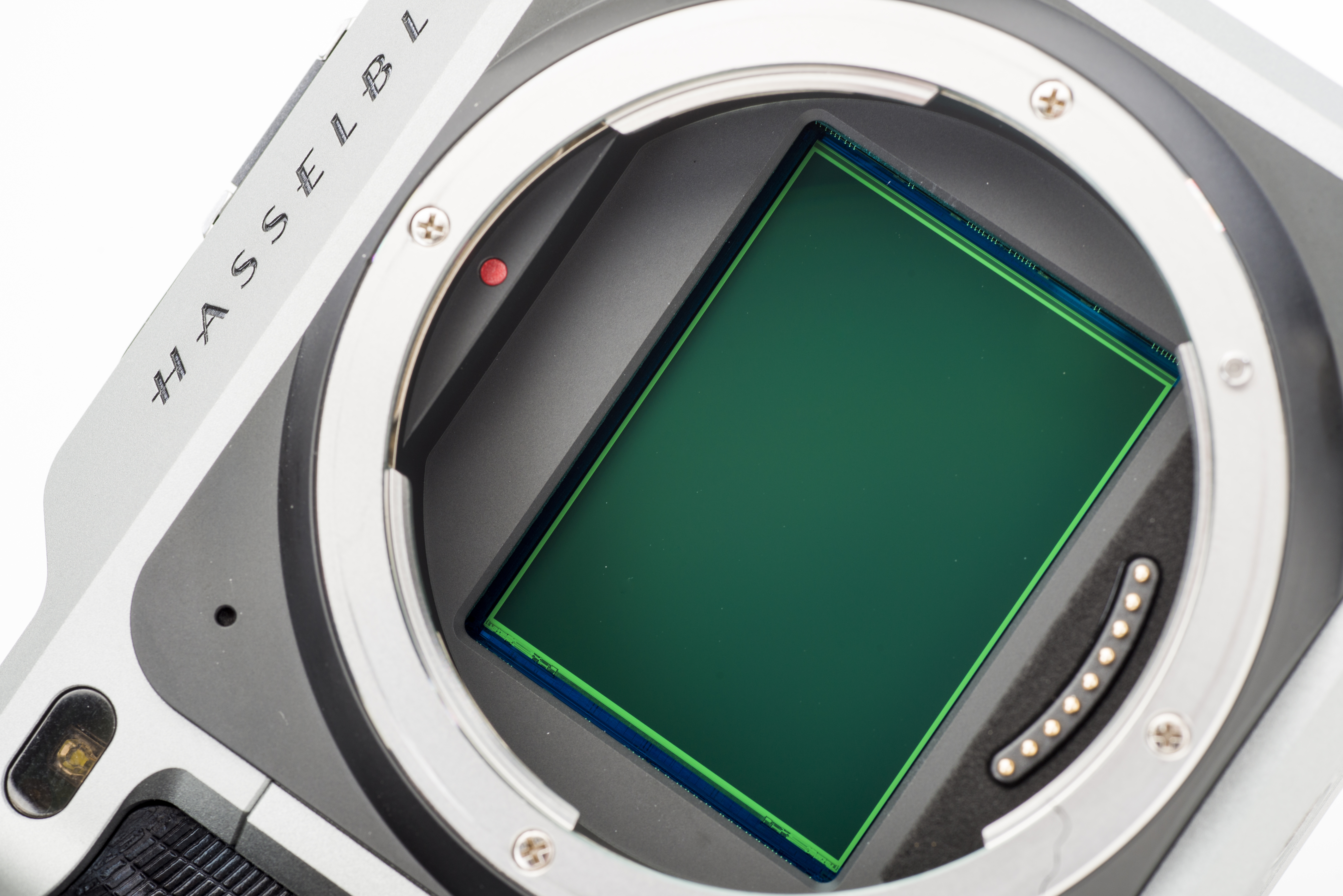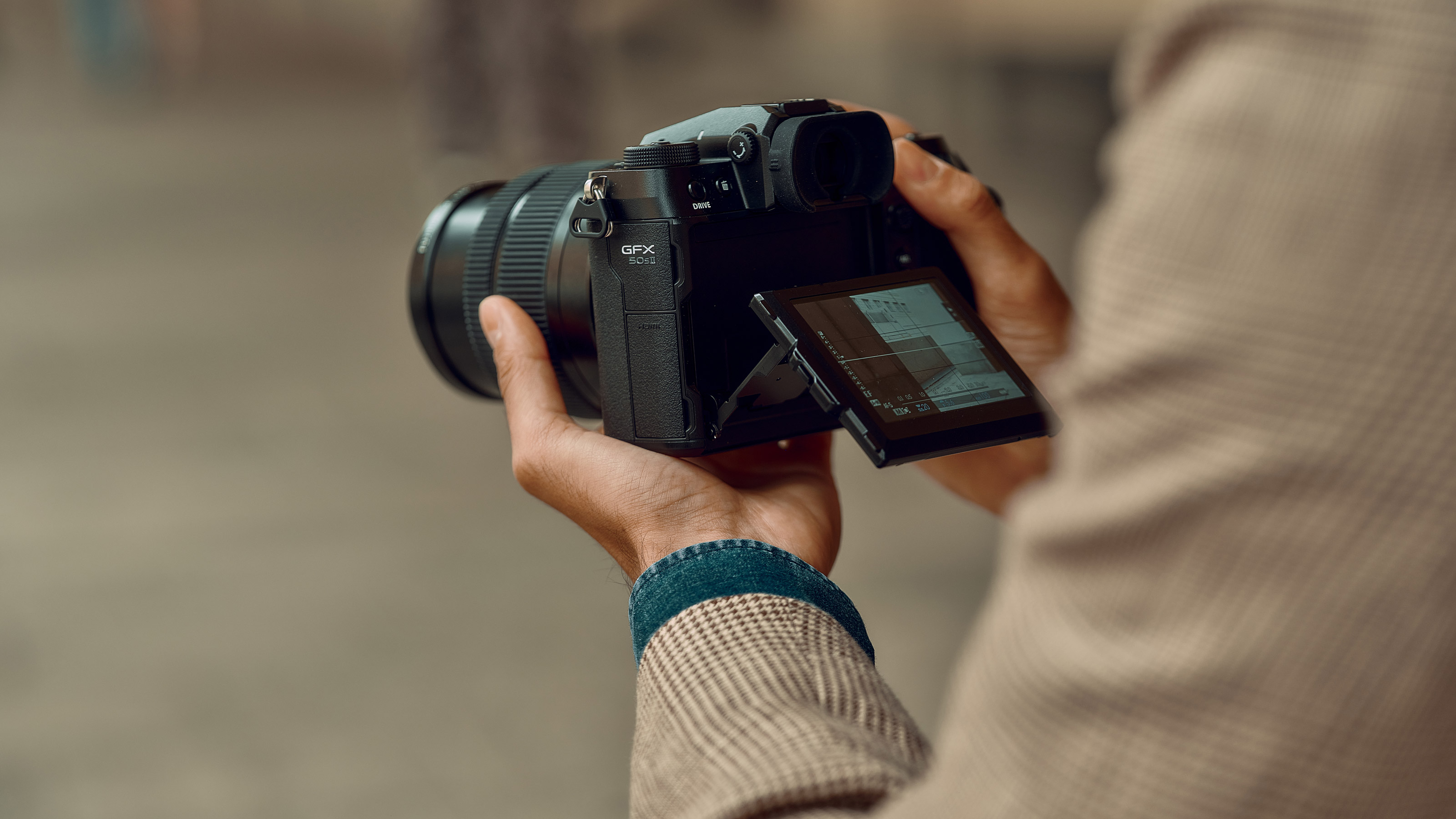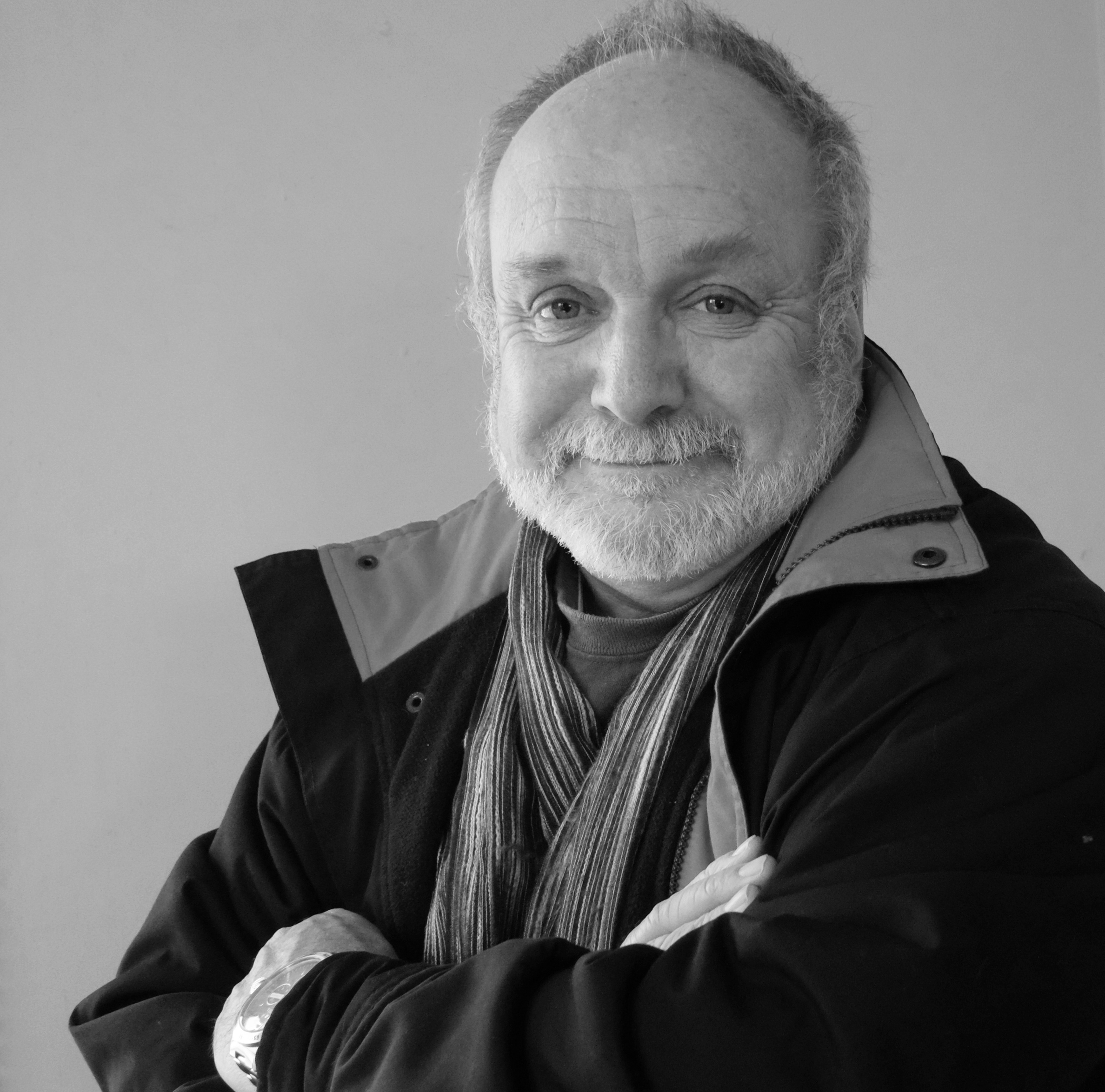Is bigger better? Why I still love the medium-format look
Paul Burrows looks at the increasing appeal of using a bigger medium-format camera

Back when I was shooting 35mm film, I flirted with medium format for quite a while before buying a secondhand Hasselblad 500C/M and, a bit later, adding the motorized 500EL/M to my kit. I was mostly shooting 35mm Kodachrome 64, so I’m not really sure why I thought I might needed medium format, but the mantra then was bigger is better.
As it happens, I only ended up using the ’Blads on a couple of jobs, then decided they weren’t worth the bother, although I went on using them for a long time to shoot landscapes for my personal work. Here the slowness and greater involvement were good things... although whether 120 rollfilm Ektachrome or Fujichrome 100 delivered a far better image quality than 35mm K64 – given the latter film’s unique structure – is debatable.

Fast forward to today and there is again the lure of medium format cameras, courtesy of the mirrorless systems from Hasselblad and Fujifilm, plus the DSLRs from Leica and Pentax.
Of course, there’s also Phase One’s XF and the eye-wateringly expensive IQ4 series capture backs, but this really is a professional system and it’s very hard for any amateur – beyond those with very deep pockets – to justify the cost when there’s much more affordable alternatives.
The Pentax 645Z is still excellent value for money – as were its rollfilm forebears – but there’s now competition from Fujifilm with its mirrorless GFX models which all come in at under $6,000/£5,000/AU$10,000... even the 102MP GFX 100S.
The 51.4MP GFX 50S II is currently priced at around $3,999/£4,499/AU$6,999 with a lens, the compact GF 35-70mm zoom (equivalent to 28-55mm). Lenses are a major consideration when contemplating jumping up to medium format – always have been – because they’re typically quite pricey due to the need to cover a wider imaging circle, and the systems are much smaller than those for full frame or the cropped sensors.

But digital medium format, especially the mirrorless cameras, has changed some things. Fujifilm’s GFX cameras, for example, pretty much have the same feature sets and capabilities as the higher-end X-mount APS-C models, so we’re no longer talking slow and clunky in terms of how they operate. Likewise, Hasselblad’s X- series camera, especially with the improvements made to the X1D II 50C and the recently-arrived X2D 100C.
Get the Digital Camera World Newsletter
The best camera deals, reviews, product advice, and unmissable photography news, direct to your inbox!
The ‘medium format’ sensor size we’re mostly talking about here is close to 33x44mm in area (the Leica S3’s is slightly different, but still essentially the same size, while Phase One’s is bigger again and closer to the old 6x4.5mm film format) which is around 1.7x larger than full frame.
The big deal about a big sensor is the bigger pixels, especially at a resolution of 50MP, but they will be pretty much the same size at 100MP compared to, say, a full-frame sensor at 61MP, as in the Sony A7R IV... 3.75 microns versus 3.76.
Bigger pixels mean increased sensitivity, a higher signal-to-noise ratio and a wider dynamic range which translates into less noise overall and better high ISO performance in particular. Then there are the benefits of the higher resolution – including the potential for cropping without significant loss of image quality – and the fact that the bigger the sensor, the shallower the depth of field.
Can you notice a difference? Frankly, I think you can, although my rather nebulous description is the “medium format look”. This is, however, more concretely related to the particular combination of definition and depth. With medium format photography more accessible than ever, I believe there’s a stronger argument for thinking bigger than was ever the case with 120 rollfilm. It is better.

Paul has been writing about cameras, photography and photographers for 40 years. He joined Australian Camera as an editorial assistant in 1982, subsequently becoming the magazine’s technical editor, and has been editor since 1998. He is also the editor of sister publication ProPhoto, a position he has held since 1989. In 2011, Paul was made an Honorary Fellow of the Institute Of Australian Photography (AIPP) in recognition of his long-term contribution to the Australian photo industry. Outside of his magazine work, he is the editor of the Contemporary Photographers: Australia series of monographs which document the lives of Australia’s most important photographers.
